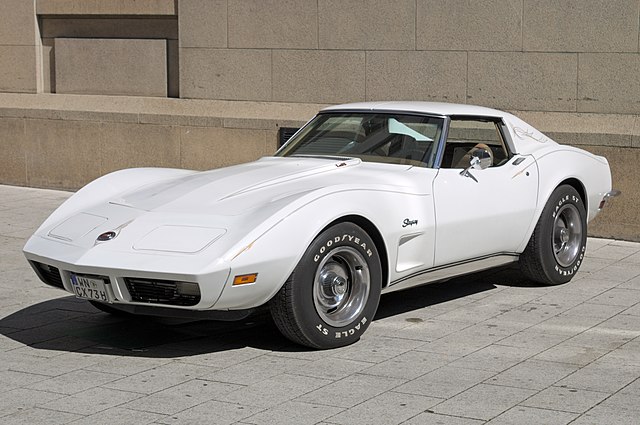
The Chevrolet Corvette C3, produced from 1968 to 1982, represents a pivotal chapter in the evolution of American sports cars. Known for its distinctive styling, powerful engines, and cultural significance, the C3 Corvette not only captured the imagination of car enthusiasts but also left a lasting impact on automotive design.
This article delves into the history, design, performance, and legacy of the Corvette C3, exploring why it remains an iconic symbol of automotive excellence.
Introduction to the Corvette C3
The Corvette C3 was introduced in 1968, succeeding the Corvette C2 with a new body and design philosophy inspired by the Mako Shark II concept car created by General Motors’ design chief, Bill Mitchell.
The C3’s tenure through the late 60s, 70s, and early 80s was marked by a distinctive design and performance adaptations that mirrored changing regulations and market trends.
Design and Styling
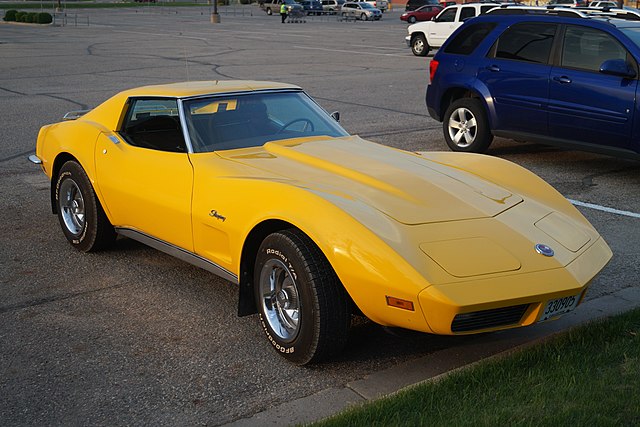
Evolution of the C3’s Aesthetics
The initial 1968 model showcased a dramatic shift in automotive design with its aggressive, shark-like front end and flowing, muscular lines that extended over the entire length of the car. This design was revolutionary, featuring hidden headlights and a sleek, tapered rear that emphasized its sporty intent.
Over the years, the C3 underwent several stylistic adjustments including changes to the front and rear fenders, window shapes, and interior ergonomics.
Interior and Features
Inside, the Corvette C3 was equally striking. Early models featured a cockpit-style interior with round gauges and a forward-leaning console, which emphasized a driver-oriented experience.
As the years progressed, the interior saw improvements in comfort and technology, including the introduction of air conditioning, power windows, and updated seating to enhance the driving experience.
Performance and Engineering

Engine Variants and Power
The Corvette C3 lineup boasted a variety of engines that ranged from robust to outright powerful. The lineup started with the base 327 cubic inch V8, and over the years included several big-block options, culminating in the legendary 454 cubic inch LS6 in the early 70s.
Despite power reductions due to emissions regulations in the late 70s, the Corvette C3 managed to provide impressive performance figures for its time.
Handling and Drivability
The Corvette C3 was built on a modified version of the C2’s chassis which included a sophisticated independent rear suspension system. This setup contributed to the C3’s reputation for handling prowess, particularly in the models equipped with the ZR1 and ZR2 packages, which included enhanced suspension settings for better grip and stability.
Model Year Changes and Special Editions
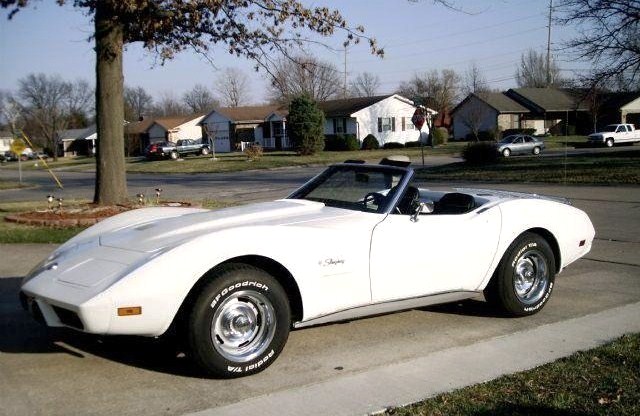
Key Updates Over the Years
Throughout its production years, the C3 saw various updates and facelifts that kept it both aesthetically appealing and mechanically competitive. Notably, the 1973 model introduced a redesigned, crash-proof front bumper to meet new safety regulations.
The 1980 model received a more aerodynamic redesign to improve fuel efficiency and performance.
Notable Special Editions
Several special editions of the Corvette C3 highlighted its appeal and collectibility. The 1978 25th Anniversary model, for instance, featured a unique two-tone paint job that became a sought-after collector’s item.
Additionally, the 1982 Collector Edition, marking the end of the C3’s production, included an exclusive hatchback design, further cementing the C3’s status in Corvette history.
Cultural Impact and Legacy
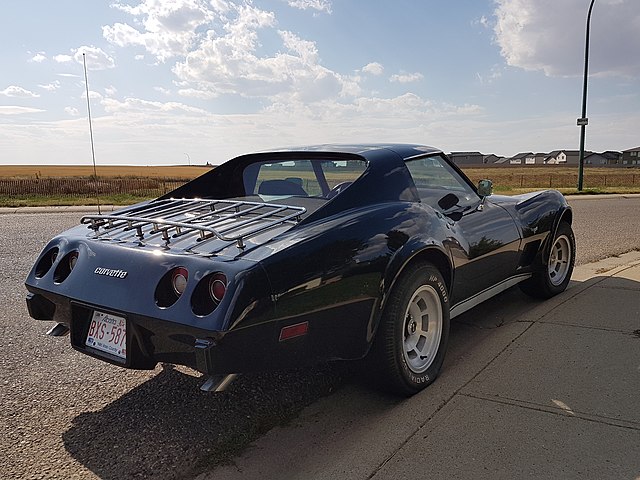
Racing Success
The Corvette C3 also made a name for itself in professional racing. It achieved significant success in series like the SCCA and IMSA, where its powerful engines and effective aerodynamics allowed it to compete aggressively against other sports cars of the era.
Influence on Car Culture and Media
Beyond the racetrack, the C3 Corvette became a cultural icon, appearing in numerous films, television shows, and other media throughout the 70s and 80s. Its distinctive shape and performance made it a symbol of American power and style, influencing a generation of sports car enthusiasts.
Ownership and Maintenance: What Prospective Buyers Should Know
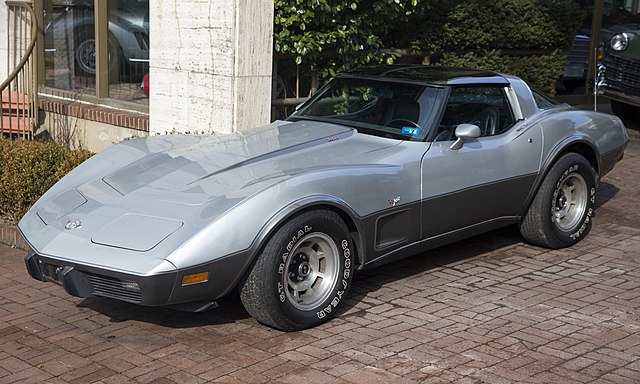
For those interested in owning a piece of American automotive history, the Chevrolet Corvette C3 presents an appealing option. However, prospective buyers should be aware of certain aspects regarding the maintenance, care, and overall ownership experience of this classic sports car.
Buying Tips
When considering the purchase of a Corvette C3, it’s essential to prioritize models with well-documented maintenance histories. Due to their age, even the most well-cared-for C3s may have undergone significant repairs or restorations.
Buyers should look for signs of originality in key components like the engine, transmission, and interior fittings, as these greatly affect the car’s value. Pre-purchase inspections by a knowledgeable mechanic familiar with classic Corvettes are highly recommended.
Maintenance Considerations
Owning a classic car like the Corvette C3 means being prepared for the nuances of vintage car maintenance. Parts availability is generally good due to a robust network of specialty suppliers and enthusiast clubs. However, some components, especially those unique to rarer models or specific engine types, can be expensive or require custom fabrication.
Regular maintenance tasks often require more attention than those for modern vehicles. For example, the C3’s carbureted engines need periodic tuning and adjustments, and its older electrical systems may need upkeep to ensure reliability.
Owners should also be vigilant about rust prevention, particularly in models from the early years of production, which did not benefit from modern anti-corrosion treatments.
Community and Support
One of the great benefits of Corvette C3 ownership is the vibrant community of enthusiasts and the extensive support network available. Clubs and forums are a treasure trove of information, offering everything from troubleshooting tips to recommendations for parts suppliers.
Annual events and meet-ups provide owners with the opportunity to connect with other enthusiasts, share their experiences, and display their vehicles.
Investment Potential
The Corvette C3, especially well-preserved or uniquely outfitted models, holds its value remarkably well, often appreciating over time. Key factors that influence a C3’s investment potential include its condition, rarity, and the originality of its components.
Special editions like the 1969 L88, the 1978 Silver Anniversary, and the 1982 Collector Edition are particularly sought after by collectors and can command premium prices.
Conclusion: The Enduring Legacy of the Corvette C3
The Chevrolet Corvette C3 is not just a classic car; it’s a piece of American automotive history that stands out for its bold design and impressive performance. Despite the constraints imposed by changing regulations, the C3 adapted and continued to deliver a driving experience that was both exhilarating and uniquely American.
Today, the C3 Corvette remains highly collectible, celebrated for its contributions to automotive culture and its enduring appeal as a symbol of performance and innovation.
